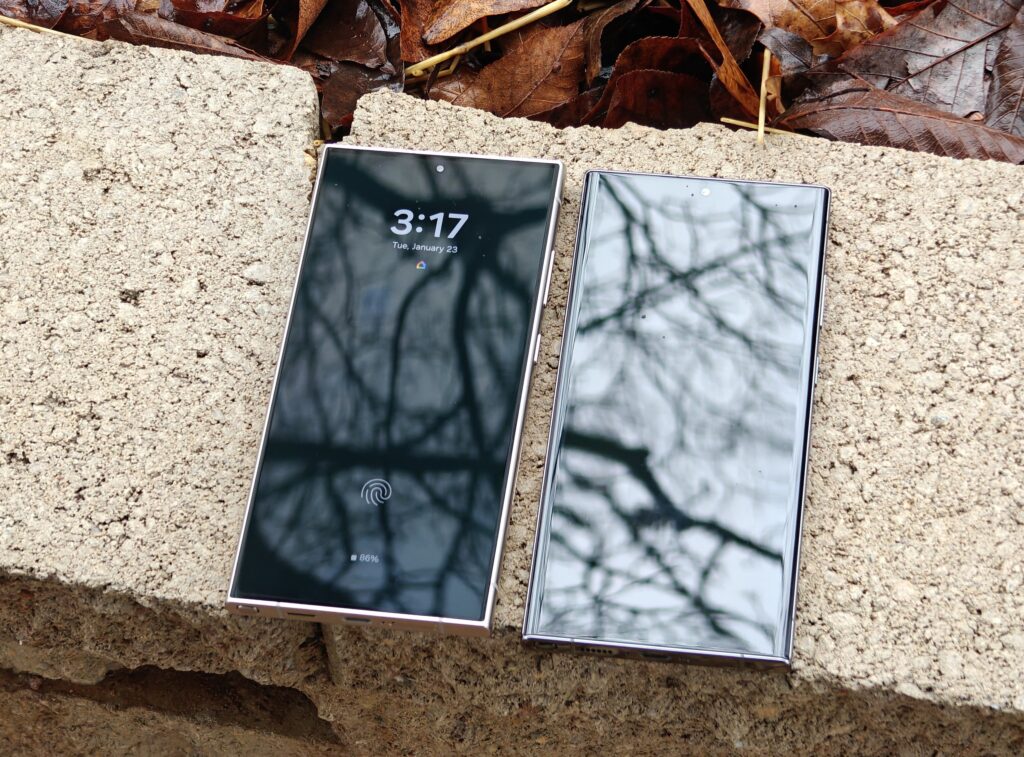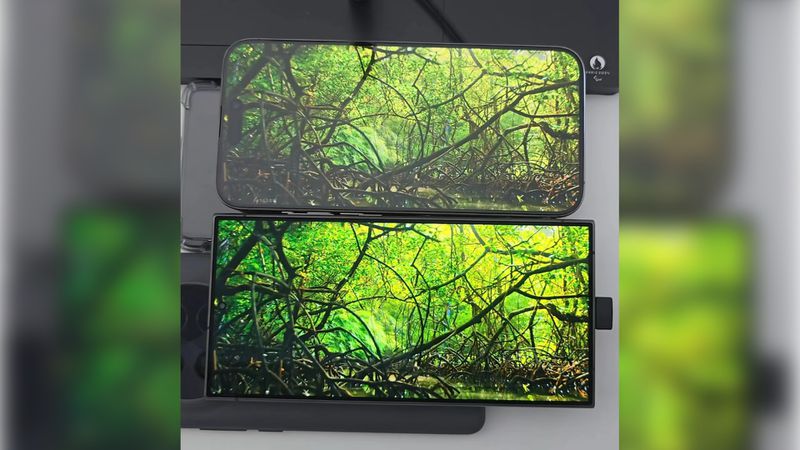
Apple recently launched an ad campaign suggesting that iPhone 16 users may not need a case or screen protector, thanks to the effectiveness of its Ceramic Shield. A leak from last month hinted that the iPhone 17 lineup would be even more durable, featuring a new AR coating on the glass to improve scratch resistance and reduce glare—similar to what we’ve seen on the Galaxy S24 Ultra and its successor. While the leak initially seemed promising, a new report from MacRumors suggests otherwise.

The feature has been axed due to production issues, which means the iPhone 17 lineup, launching in September 2025, will stick with standard Ceramic Shield glass. This would’ve been a first for iPhones, enhancing visibility and color accuracy in bright light. But Apple reportedly hit a wall scaling the coating process for millions of units, making it unfeasible for its 2025 iPhones. The scrapped coating was meant to rival Samsung’s Gorilla Glass Armor, which boosts contrast and reduces reflections.
Apple’s current iPhones use a fingerprint-resistant oleophobic coating, but anti-reflective tech is limited to nano-texture displays on Macs and iPad Pros. Apple might have pivoted to nano-texture or a simpler coating, but the feature has likely shelved entirely for now, with X posts speculating a 2026 debut if manufacturing improves.

This hiccup stings for Pro buyers expecting next-level durability and visual experience alongside rumored A19 Pro chips and 6.7- 6.9-inch displays. The iPhone 17 Air’s 5.65mm slimness and base models’ upgrades will still shine, but missing the coating puts Apple a step behind Samsung in display tech. For now, iPhone 17 Pro users will rely on Ceramic Shield’s proven toughness—still no slouch, but not the glare-busting leap fans hoped for.
Tech enthusiast? Get the latest news first! Follow our Telegram channel and subscribe to our free newsletter for your daily tech fix!
For more daily updates, please visit our News Section.
(Source | Image: 1. 2)
The post Apple cancels iPhone 17 Pro’s anti-reflective display coating, leaving Samsung ahead appeared first on Gizmochina.








